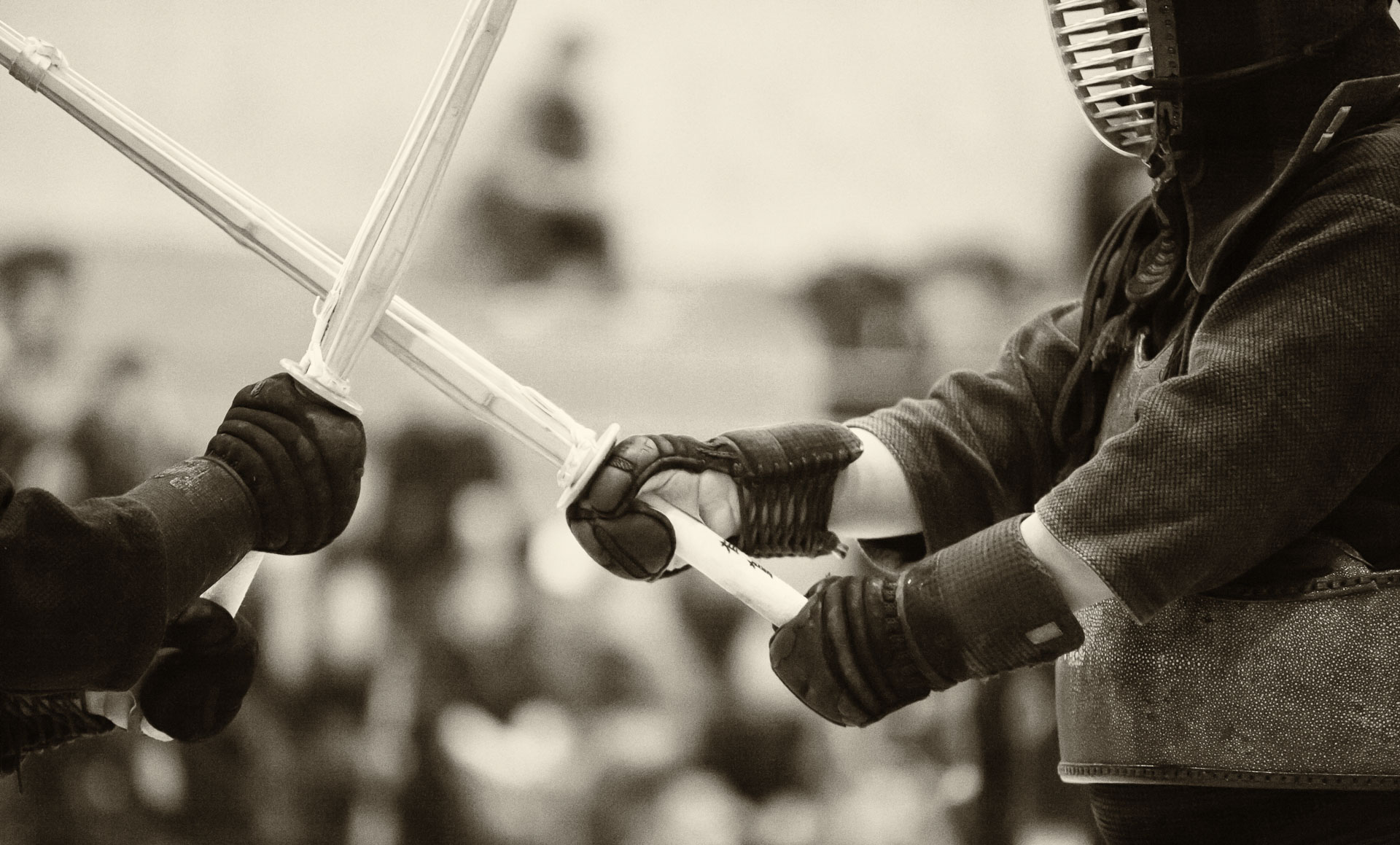
The gym that I go to in Milan is located in a landmark building called Palazzo Lombardia. I’ve been there almost every day for the past few months, but I am still very much in awe of its architecture. If you look at this complex of buildings in plan view on Google maps, it looks like flags fluttering in the wind, touching each other.
The inner courtyard is under a transparent roof, which makes this outdoor space sheltered from elements. I have seen this unique space being used as an ice rink in winter, a marketplace for local cheese and meat vendors, a concert stage and a beach volleyball, a basketball and a mini-football court (the cleanup required after the sports events was particularly impressive).

The transparent roof also diffuses sunlight, creating ideal conditions for a photoshoot. Every now and then, I see models in the next-season clothing collections being photographed on the backdrop of the building’s glass walls. Remarkably, the photographers use very little, if any, artificial light – just a reflector or a single strobe apparently do the job.
Last Friday afternoon, I was on my way to grab my running shoes from the gym’s locker, so I could go for a run along Naviglio Martesana on the weekend. On the way, I saw two cars parked in the Palazzo’s courtyard. They were concealed under protective covers, which had conspicuous Maserati logos. I snapped a couple of pictures of them and was immediately approached by a security guard, who told me that no photos were allowed. He was very friendly though, and after I asked him what was going on and told that photography was my personal interest, he explained that they were preparing to shoot a commercial for Maserati.
Sadly, I didn’t have time to stay and watch. I did see a Lexus commercial being shot on the very same spot a couple of months earlier, though. That time, they had a DSLR-looking camera mounted on a very long (approx. 10 meters) arm attached to the side of the car. The car was just driving around the plaza in slow circles. I guess, the quality of the natural light filtering through the transparent roof, combined with a modernist architecture in the background makes the production relatively straightforward.
This is the aspect of living in a big city like Milan that I am going to miss back home – bumping into cool events every time you take a step outside.




























 I read about this building, called ‘vertical forest’, six months before coming to Milan for sabbatical. It really captured my imagination. Just think about the concept: large trees growing on every balcony of a skyscraper, so that even the upper floor apartments have a forest-like view! I was really excited when I found out that my daughter’s school will be near the ‘forest’ – I would be able to see it every day!
I read about this building, called ‘vertical forest’, six months before coming to Milan for sabbatical. It really captured my imagination. Just think about the concept: large trees growing on every balcony of a skyscraper, so that even the upper floor apartments have a forest-like view! I was really excited when I found out that my daughter’s school will be near the ‘forest’ – I would be able to see it every day! 


